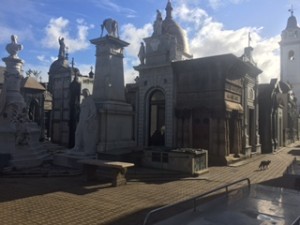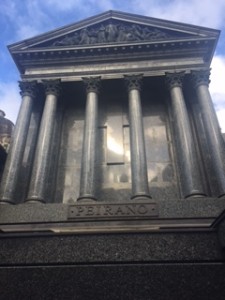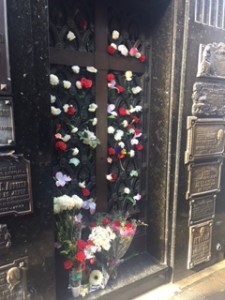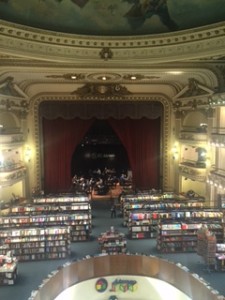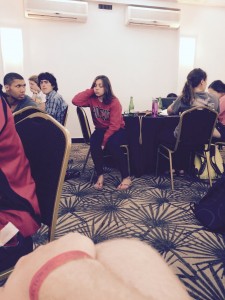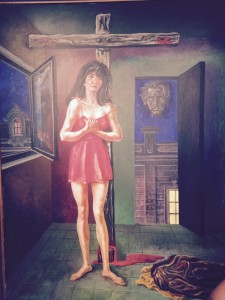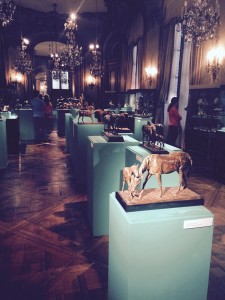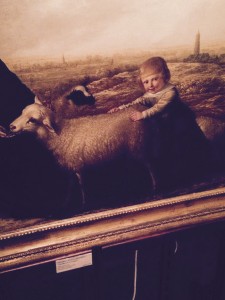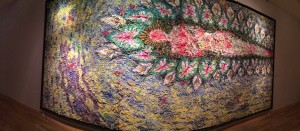On this beautiful, Argentine fall day our group began our morning with a trip to the historic Recoleta Cemetery. Founded in 1822, the Recoleta Cemetery was named for the Recoleto Monks serving as burial grounds for Argentine Catholics. However, subsequent to its establishment the cemetery expanded in some ways but became more exclusive in others- it became open to other religions but also eventually transitioned into a resting ground for only the wealthy and powerful, easily distinguished from common cemeteries through its use of grand mausoleums.
As we arrived to the cemetery, we were able to quickly see what sets Recoleta apart from other burial grounds. Its grand, white entrance detailed with symbols of life and death and a message that reads “Requiescant In Pace” (Latin for “Rest in Peace”) provides a nice preview for what lies inside. Past the gates, the cemetery is lined with nearly 5,000 mausoleums all impressive in their own ways. With some of the mausoleums costing nearly $4 million it came to no surprise that Recoleta serves as the resting grounds of some of Argentina’s most wealthy and notable people.
The cemetery features the tombs of countless presidents, soldiers, entertainers, and other awarded figures, some of the most notable graves belonging to Nobel Prize winner Luis Leloir and First Lady Eva Perón. Overall, the Recoleta Cemetery was eerily enchanting and worth the visit.
Next stop on our list was a quick visit to the El Ateneo bookstore. As it was originally used as a theater, El Ateneo is enormous in size and rich with intricate details making it unlike any other of its kind. The selection may be similar to the book stores we have back in the states but the setting makes it renowned as one of the most beautiful bookshops in the world and surely a necessary stop for anyone visiting Buenos Aires.
To finish the day we stopped for a nice lunch at Piegari restaurant. All in all it was another wonderful and eventful day in Argentina.

